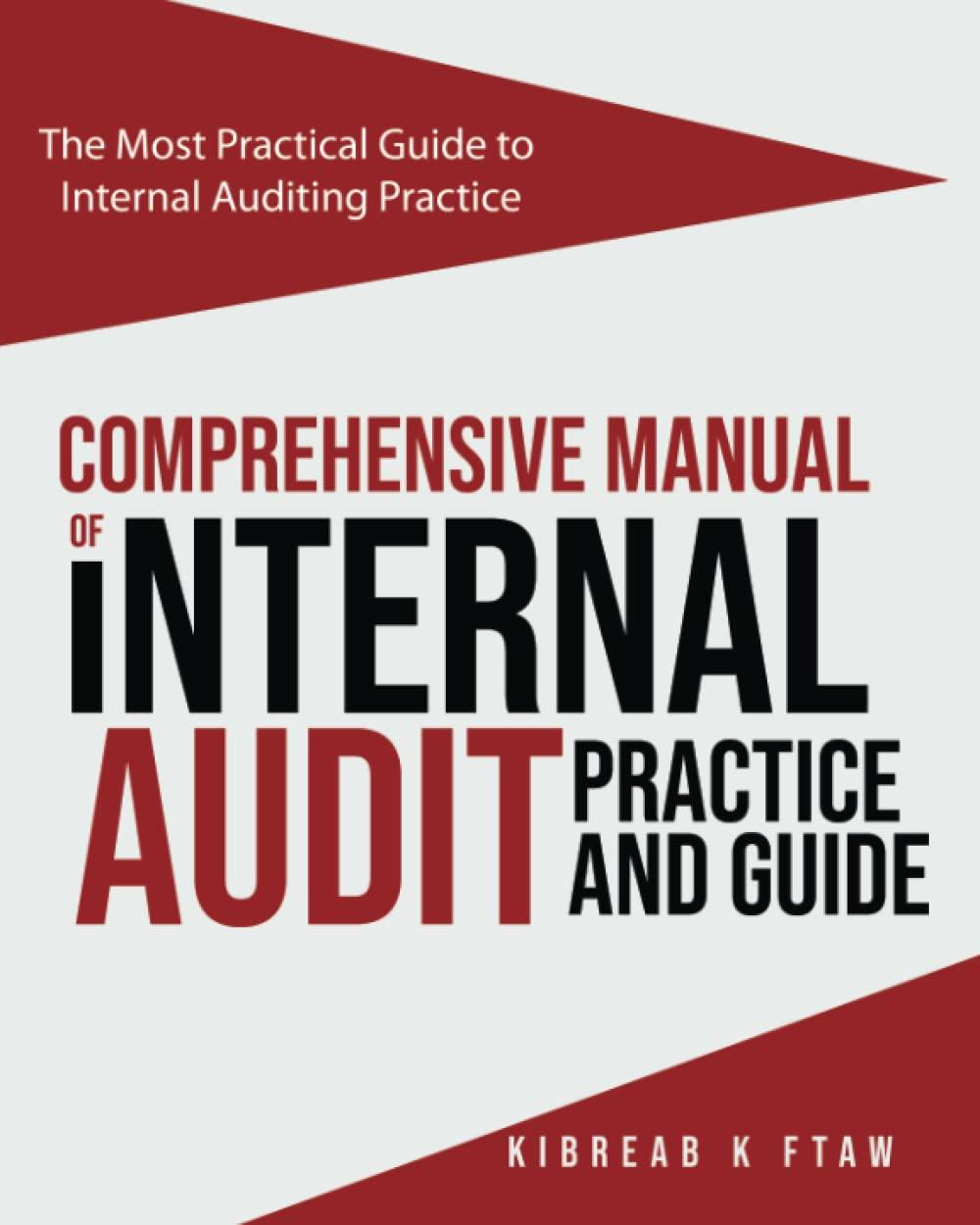Question
Undercosting & Overcosting The following example illustrates how averaging can result in inaccurate and misleading cost data. Consider the cost of a restaurant bill for
Undercosting & Overcosting
The following example illustrates how averaging can result in inaccurate and misleading cost data. Consider the cost of a restaurant bill for four colleagues who meet monthly to discuss business developments. Each diner orders separate entrees, desserts, and drinks. The restaurant bill for the most recent meeting is as follows:
If the $108 total restaurant bill is divided evenly, $27 is the average cost per diner. This cost-averaging approach treats each diner the same. Emma would probably object to paying $27 because her actual cost is only $15; she ordered the lowest-cost entree, had no dessert, and had the lowest-cost drink. When costs are averaged across all four diners, both Emma and Matthew are overcosted, James is undercosted, and Jessica is (by coincidence) accurately costed.
Broad averaging can lead to undercosting or overcosting of products or services. Product undercosting: a product consumes a high level of resources but is reported to have a low cost per unit (Jamess dinner).
Product overcosting: a product consumes a low level of resources but is reported to have a high cost per unit (Emmas dinner). Your Discussion Subject:
What are the strategic consequences of product undercosting and overcosting of products and services within an organization?
Step by Step Solution
There are 3 Steps involved in it
Step: 1

Get Instant Access to Expert-Tailored Solutions
See step-by-step solutions with expert insights and AI powered tools for academic success
Step: 2

Step: 3

Ace Your Homework with AI
Get the answers you need in no time with our AI-driven, step-by-step assistance
Get Started


